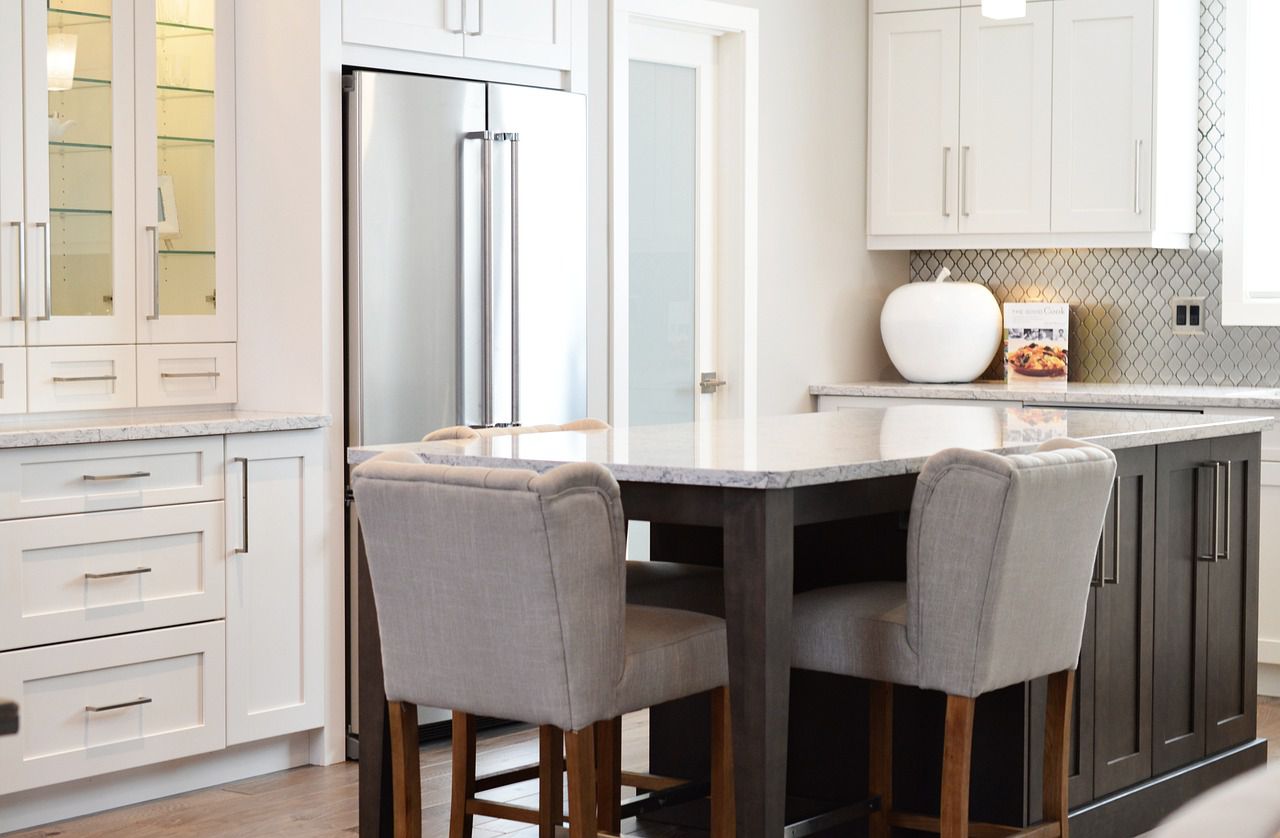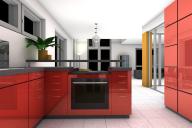Our houses don't always look like interior design trends from magazines, and that's fine - houses are meant for living, not just displaying your sense of style or taste.
At the same time, a well-balanced design can make you feel better, improve your rest and mood significantly.
That's how you can make your interior design more balanced.
Scale and Proportion
Avoid overcrowding a room with oversized furniture or filling it with too many small items.
Ensure that the sizes of different elements are well-balanced to create a visually pleasing composition.

Color and Pattern
Use a balanced color palette throughout the space, incorporating complementary or analogous colors.
When using patterns, mix larger patterns with smaller ones and balance busy patterns with more subdued ones to create a harmonious overall look.
Visual Focal Point
Establish a focal point in the room to create a sense of balance.
Arrange other elements in the space around the focal point to create a visually balanced composition.
Open Space
Avoid cluttering every corner and surface with objects.
Allow for visual breathing room, giving the eye a chance to rest and appreciate the elements that are present.
Lighting
Balance the lighting in the room by incorporating a combination of ambient, task, and accent lighting.
Adequate lighting throughout the space helps create a balanced visual environment and highlights key elements.









